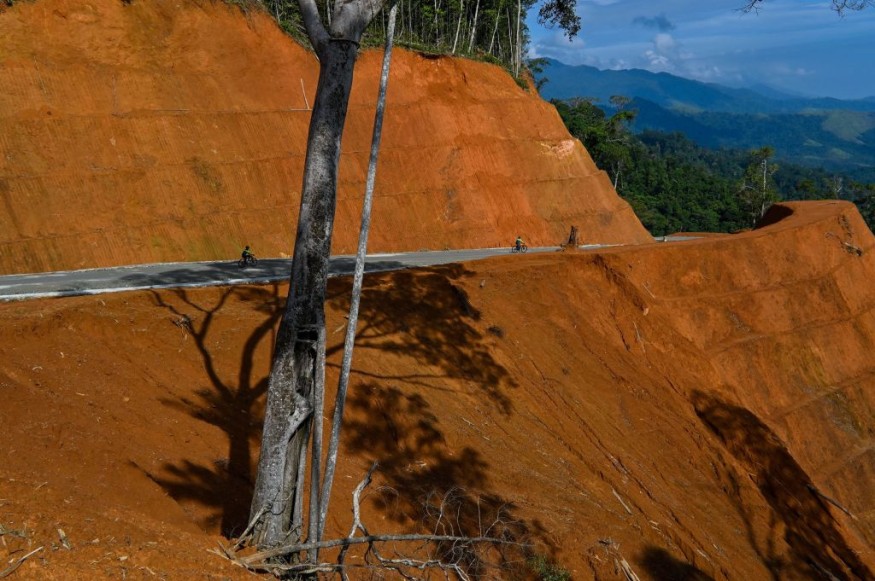Experts are in dispute over whether an Indonesian pyramid could be more than 25,000 years old and be considered the most ancient in the world.
According to a group of archaeologists who have been examining the ancient site, Gunung Padang, a 98-foot-deep 'megalith' submerged inside a hill of lava rock, is the earliest known man-made stone structure of this magnitude.
World's Oldest Pyramid?

Researchers from the National Research and Innovation Agency (BRIN) produced research claiming Mount Padang, which is in Cianjur, West Java, to be the world's oldest pyramid. According to the study, Mount Padang is not a hill but rather a pyramid-shaped structure that may be the oldest in the world.
In a research report, they claim that it is more than twice as old as the current frontrunner, the Göbekli Tepe 'megalith' unearthed in Turkey, which is considered to be around 11,000 years old. Between 2011 and 2015, geologist Danny Hilman led a team of archaeologists, geophysicists, and geologists to learn more about Gunung Padang.
They probed down into the very first levels of Gunung Padang, which lay almost 9 storeys (98 feet, or 30 meters) below the surface, using ground penetrating radars, core drilling, and 'trench' excavation techniques.
The scientists discovered 'meticulously sculpted' and 'massive' lava-stone structures formed of andesite, a fine-grained type of volcanic rock, at the pyramid's center.
This innermost chamber, known as Unit 4, 'likely started as a natural lava mound before being shaped and then structurally encased during the last glacial epoch,' sometime between 16,000 and 27,000 years ago.
"Evidence from Gunung Padang suggests advanced construction practices were already present when agriculture had, perhaps, not yet been invented," they claim.
Heated Backlash
The claim made headlines throughout the world, but it has since sparked a heated backlash from many archaeologists, who said that none of the data offered by the researchers supports their conclusions about Gunung Padang's unparalleled antiquity.
They argue that the village was created only 6,000 to 7,000 years ago.
"The data that is presented in this paper provides no support for its final conclusion - that the settlement is extraordinarily old. Yet that is what has driven the headlines. I am very surprised this paper was published as it is," said Flint Dibble, an archaeologist at Cardiff University.
The uproar has compelled the editors of Wiley's Archaeological Prospection to initiate an investigation.
The finding that the work was proofread by the controversial British writer Graham Hancock has fueled the controversy.
He contends that knowledge, technology, agriculture, and monumental buildings were handed to the primitive people who filled the earth after the last ice age by a once advanced, ancient culture that was subsequently destroyed in a cosmic occurrence.
Gunung Padang could be an example of their craftsmanship.
Gunung Padang, located about 3,000 feet above sea level and 75 miles south of Jakarta, is made up of a series of stone terraces that sit on top of an extinct volcano. Pottery fragments indicate that the site dates back a few thousand years.
Related Article : Step Pyramid of Djoser: the First Pyramid the Egyptians Ever Built
© 2025 NatureWorldNews.com All rights reserved. Do not reproduce without permission.





